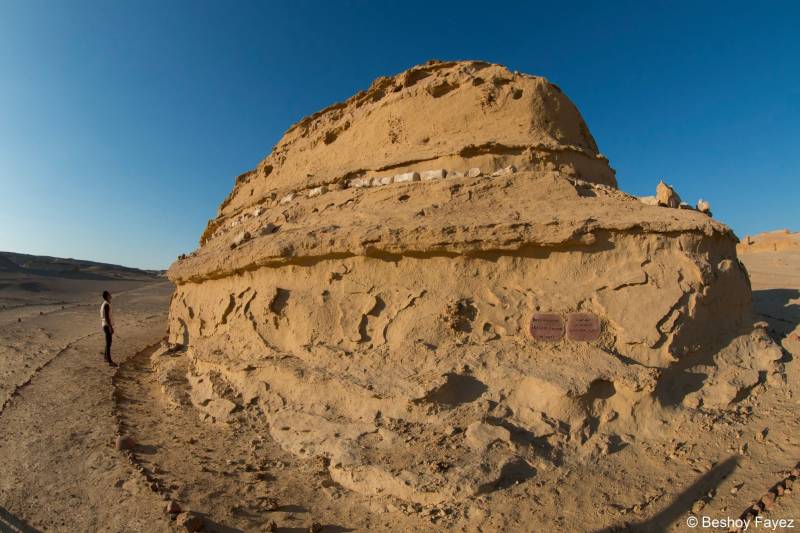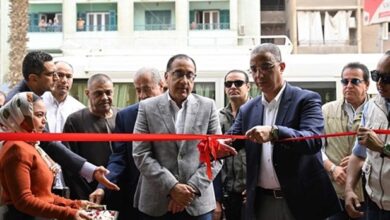
Sayed Ali Salem Effendi, head of the Nile Cotton Ginning Company, set up a huge colorful pavilion in the garden of his villa for the wedding ceremony of his eldest daughter, Mahassen. For three whole days, the many guests would come in to congratulate him. The mood was festive, and the invitees were served the most delicious of foods and drinks as they watched the live band perform.
But that was not the average wedding for residents of the Tamyet region in Fayoum Governorate. The whole town was invited, particularly the well-to-do families. Many of the invites also came all the way from Eastern Dayrout in Assiut, the groom’s hometown. They had all received the beautiful invitations sent by Sayed Effendi and Mahmoud Mohamed, the groom’s father.
On the inside, the cards read:
“Mahmoud Mohamed, the trader in Eastern Dayrout, has the honor of inviting you to attend the wedding ceremony of his son, Mr. Ali, and Miss Mahassen, daughter of Mr. Sayed Ali Salem, head of the Nile Cotton Ginning Company. The ceremony will take place on Thursday 14 April 1955 at the residence of the father of the bride in Tamyet, Fayoum. Wishing you happy returns.”
“Printing wedding cards, back in the ‘50s, was a sign of social prestige as it was expensive, rather unaffordable for most social segments,” says Essam Ahmed, a printing professor from the Faculty of Applied Arts at Helwan University. The design options were few because typewriters had not yet been introduced in the country. Embossed printing was the only type of printing available. It gave the beautiful effect of a calligrapher’s work, Ahmed adds.
Examining the peach-colored wedding cards, Ahmed notes that the printed address was quite brief. In 1955, the residents of Fayoum did not exceed a few thousand, and those who belonged to the upper-middle class were even fewer, and well known across various social circles. Both Sayyed Effendi and Mahmoud Mohamed were among the main exporters of Egyptian cotton to Europe, well-known to everyone in their hometowns. They also represent their social class, which at the time aspired to blend European lifestyles with those of the royalty, while also maintaining the customs and traditions of rural Egypt.
“These two families, like most of the upper-middle class, aspired to bourgeois lifestyles. The elite of the upper and middle classes used these printed cards to evoke a particular image of themselves and their families,” says Ahmed, adding that “wedding cards were a luxury at the time, and the careful choice of wording on the invites further helped emphasize this desired image.”
This class mostly comprised senior civil servants, large-business men and landlords, researcher Mahmoud Gad writes in his book “The Middle Class in Upper Egypt.”
Safy Sayed Ali Salem fondly remembers her elder sister’s wedding.
“Mahassen was wearing a medium-length white dress. A band with a singer, a dancer and six musicians performed. They were paid LE20 per day,” she said, smiling. “Those were times when LE1 could buy enough meat to feed the family for a whole week.”
The groom, Ali, says he always remembers how his father insisted that his sons finish school.
“He used to give me LE1 as an allowance. That was the equivalent of a civil servant’s monthly salary, only it was spread out throughout the month — 25 piasters every week. Every weekend, I would get out of boarding school and spend it,” he recalls.
When Ali went to ask for Mahassen’s hand in marriage, he highlighted that he had completed his schooling, and that his father, “the well-known cotton merchant in Assiut, helped me join the Faculty of Arts at the King Fouad I University,” which is now Cairo University.
Mahassen was also well-educated. Although few families sent their girls to school back in the ‘50s, Sayed Effendi, unlike Mahmoud, insisted that all four daughters complete their schooling. He also insisted that he get Mahassen’s approval before giving Ali his word, although he had of course heard of the groom’s well-to-do family. That was the way the social elite did it.
Sayed Effendi asked his wife, Sayeda, how Mahassen felt about the marriage. The mother of the bride-to-be did not seem too happy, though. She approached Mahassen as she sat with her three sisters and suddenly burst out, “The groom is not good-looking.” To her surprise, the young Mahassen responded with a smile and hummed, “I like his bad looks, I like them,” the famous 1954 song by Egyptian singer Shadia. So the mother went to inform Sayed Effendi of his daughter’s approval. They had to start preparing for the wedding right away, and the first step was making the wedding invitations.
Everyone was excited, Safy remembers.
“Mahassen’s wedding dress was made of tulle and had lace lining. It took a whole week to be made,” she recounts.
Mahassen also carried a white fan that matched the dress. “It was en vogue at the time. The bouquets were not that common yet,” adds Safy. For the henna night — the Egyptian equivalent of a bachelorette party, when the women would gather the day before the wedding to sing, dance and have henna tattoos painted — she wore a pink dress.
“We helped Mahassen pack her bags and prepare for the wedding day, while the aunts and older family friends would weep along with the mother of the bride, as it was custom,” Safy says.
But the mother of the bride also had to carefully instruct her daughter on how to behave on the wedding day. Safy remembers their mother telling Mahassen: “You have to sit shyly during the ceremony. Only the dancer and the bride’s friends can dance. It’s inappropriate that the bride would dance.”
That is how my family remembers the wedding of my grandfather, Mr. Ali Kamel, to my grandmother, Mrs. Mahassen Ali, in April 1955.




